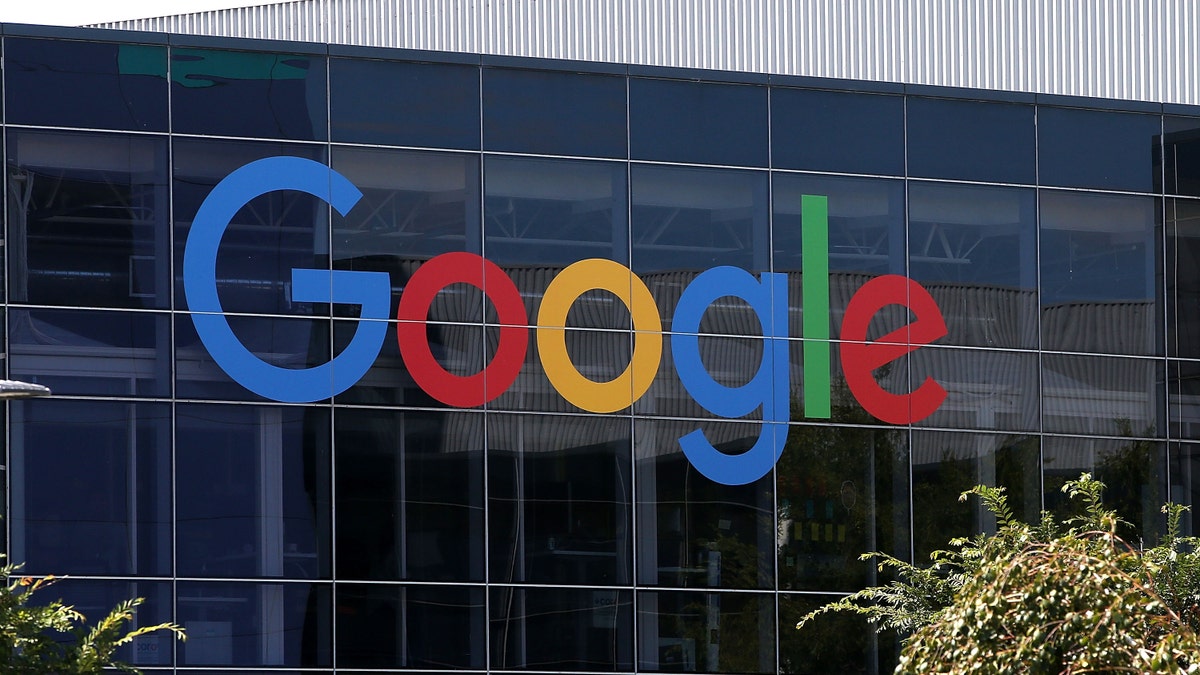
The new Google logo is displayed at the Google headquarters on September 2, 2015 in Mountain View, California. (Photo by Justin Sullivan/Getty Images)
Google is doing great on handheld screens. It's dabbling in larger screens with its smart displays, and its Chromebooks are holding their own on even bigger screens. But on the biggest screen in the house, Google's mobile-first philosophy is failing consumers.
Google announced a new Chromecast yesterday, but you might not know that. Presenters at its Pixel 3 event in New York didn't didn't even mention Chromecast. Why? Because it's getting brutally lapped in the media streamer market by Amazon and Roku.
Google's entire TV philosophy is wrong. Most people do not want to control their TV with their phone, it turns out. They're zoning out in front of the TV to get away from the complex handheld experience. They want to use an actual remote or maybe voice control. And Chromecast, insanely, still doesn't offer a remote option or an onscreen content menu to let you browse content from a 10-foot distance.
I get that Google thought it was radically remaking TV in the image of all of the young people who watch YouTube on their phones. The youth are mobile-first, and so the TV should be treated as an expansion of the phone. Also, browsing content involving QWERTY keyboard entry via a TV remote is always a pain.
More From PCmag
But that lack of an on-screen menu is a glaring misstep. Amazon and Roku both provide voice control, flexible apps, on-screen menus, and traditional remotes, all at prices under $50. Apple TV also exists, although that's all I can really say about Apple TV. Google just isn't competing.
You see that in the growing smart TV market, too. Android TV exists. It's good, even. But Google has been unable to spread it beyond higher-end Sony and Sharp TVs into the mainstream where people are snapping up Insignia and TCL TVs running Roku and Amazon software. Google has also been unable to leverage its enduring partnerships with Samsung and LG to make it into their dominant TV lines.
The one low-cost Android TV add-on box is from Xiaomi. The company has a solid brand in China but has been unable to build a brand in the US. I went to a Xiaomi press event recently that was so monumentally clueless about how to market to US consumers, it was hard to take the company seriously at all.
TVs Matter
TVs matter. They're still where people consume long-form video content, for hours on end. While "traditional" TV is on the decline, streaming services consumed on TV are on the rise. Netflix says 70 percent of its viewing still happens on televisions.
Perhaps Google feels less urgency in the TV space because Roku is a wild card. Roku's presence doesn't fit into the battle Google is waging on other fronts, where Google, Amazon, Apple, and Microsoft are the main players, and it may make Google's other competition look less urgent.
Or perhaps Google is just too far up its own YouTube—the most successful video service that isn't primarily consumed on TVs. YouTube makes the TV an appendage, not the star of the show, much like the Chromecast does. But there's much more to the living room than YouTube.
Google got beat by Amazon in the smart home before, when Alexa grabbed a ton of market share before Google had its Home systems fully spun up. And Fire TV is looking pretty good. What we watch on TV may be changing, but the fact that we watch it on TVs and want a remote-based experience is not.
Google needs to rev the Chromecast and get it in line, or its lack of a good TV solution will give Amazon and even Apple a leg up. If not, maybe it should buy Roku, which understands better than Google what streaming TV viewers want.
This article originally appeared on PCMag.com.
